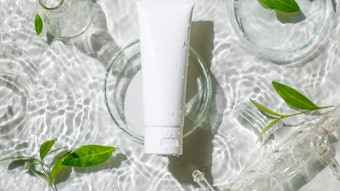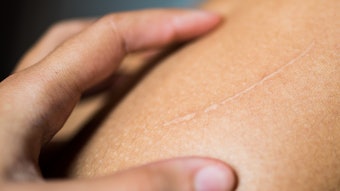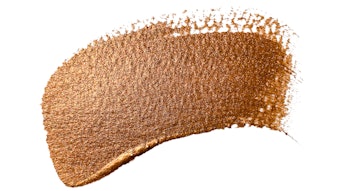Over the past half century, there have been numerous examples of infant toxicity, including illness and death, because of products used that were thought to be safe based on the history of their use in adults. Because of the differences in the body mass/surface area ratio between infants and adults, infants receive larger doses on a weightto- weight basis. Today, greater caution is exercised with products used on children to avoid potentially toxic reactions. For example, warnings are displayed on some over-the-counter (OTC) drugs recommending against their use on children under 6 months of age without the consultation of a physician. Cetta et al. reported that infants are exposed to a surprisingly large number of chemical species such as surfactants, sunscreens, emulsifiers, germicides, humectants, etc., through the application of OTC products (see sidebar); the average newborn is exposed to 8 different skin care products and 48 different environmental chemicals from those products.
In a previous article evidence was presented that within embryonic/fetal growth, the development of skin is important. Much of the activity in skin development is centered on the formation of the epidermis, which ultimately generates the stratum corneum (SC) and the all important barrier contained within it. Keeping the well-being of the newborn and the environmental stresses that affect him or her in mind, formulators need to develop skin-friendly personal care products that are safe and effective, as well as considerate of the overall health of the infant. There is a myriad of carefully orchestrated activities occurring during skin development. The human neonate is abruptly taken from a warm, aqueous, intrauterine medium and—even under the best of circumstances—thrust into a terrestrial, gaseous environment with variable temperatures, invasive microorganisms, and a plethora of environmental challenges. The infant’s body is suddenly adjusting to the prevention of dehydration, microbial infection, and thermal regulation. It is, therefore, paramount that the infant has a suitable skin barrier and the mechanism(s) in place to maintain the integrity of that barrier.










